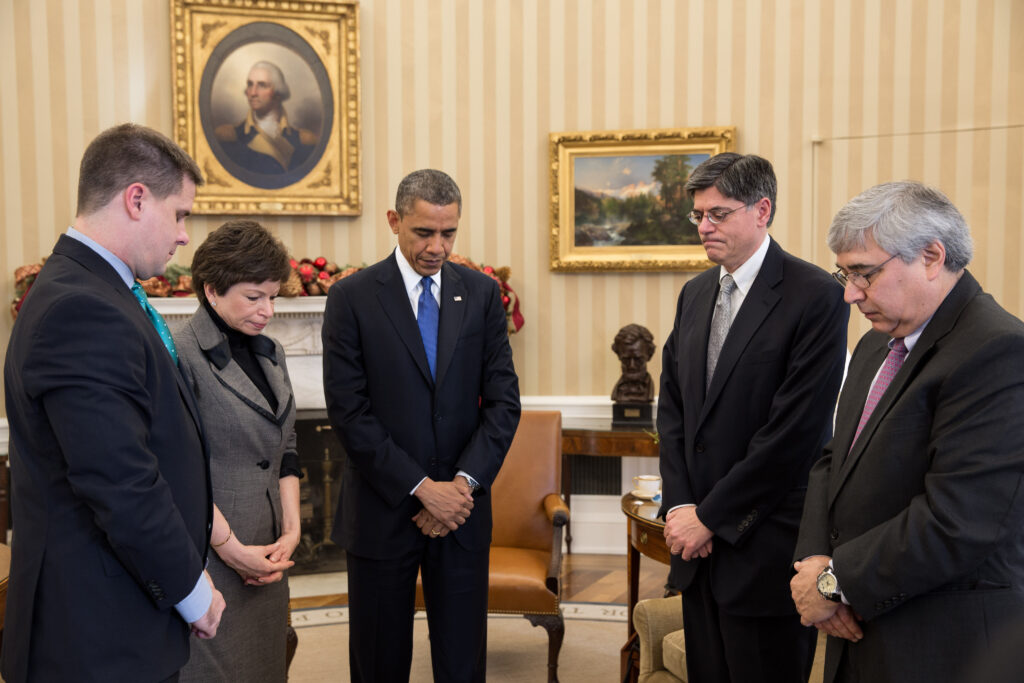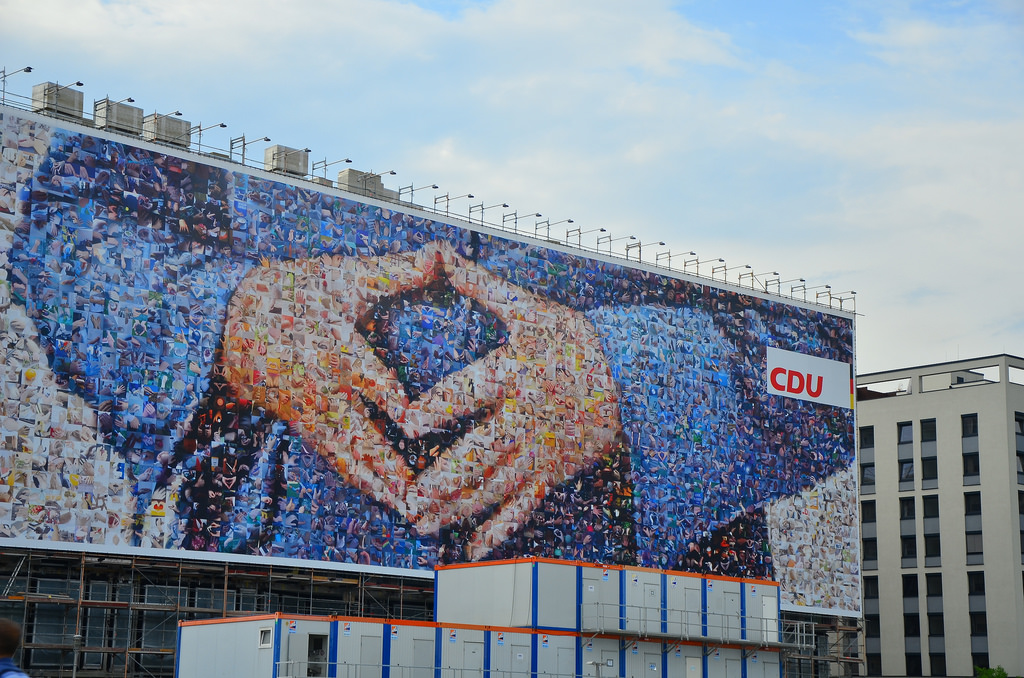
Sandy Hook, Connecticut
December 14, 2012. I remember the day so vividly. I was sitting in my 11th grade Spanish classroom when over the loudspeaker, we were told that my school was on lockdown. Naturally, my heart sank, like it did every time we were put into lockdown, drill or not. At first, some of my classmates around me were less concerned, remembering the last lockdown we had when a raccoon made its way onto school grounds, posing an apparent ‘threat.’ However, as time went on, more and more students began to fear, for no lockdown had ever been so long. It didn’t take long for students to find out bits and pieces of what was occurring less than five minutes down the road at one of the four elementary schools in town. News about what had happened was streaming on national media networks and despite the teachers’ mandate to remain calm and stay off of our phones, we needed answers. At first the number was four first graders found dead, then ten. The number kept increasing every time we checked the news. It eventually made its way up to a heart-wrenching 20 students and 6 educators murdered by a stranger who had lived less than a hundred yards from my house. We remained in lockdown until the shooter was found, to ensure that we would all be okay.
Although the shooter was found shortly thereafter, we were not okay. Students frantically called home to find out whether their baby brothers, sisters, neighbors and friends were safe, terrified of what they might learn.
When I was finally able to get home to my family, I found my parents in front of the kitchen television, holding each other, crying. It was so strange to see Newtown on the news – our small, quintessential town no longer unknown. I knew that Newtown would become a name that would not be forgotten, a recognition of the first mass shooting of elementary school children in America. I hated that. I wished that Newtown could go back to the unknown town it was the previous day: a town seldom struck with violence or crime. It was all so raw to me, and my sense of safety was shattered.
For the next few weeks, the entire nation mourned the loss of our 26 precious angels. Together, the members of my community tried to wrap our heads around how something like this could have happened in our small, suburban town, and we were pained to know that this could likely happen again, to another town. Hope truly felt lost.
Shortly after the shooting, my family attended a grassroots organization meeting to figure out what could be done to prevent another tragedy. In that meeting, I realized that I could recover only if I attempted to make this world safer for others. I begged my mom to take me with her to Washington, D.C. where I was able to meet with Senators, attend the Brady Campaign’s press conference and meet with family members of victims from the Aurora theater shooting. Since then, I have traveled to Washington, D.C. three more times: delivering letters to Congress to encourage them to support common sense gun laws, traveling with family members of victims of the shooting and attending the National Vigil for Gun Violence Victims at the National Cathedral. My mother is now the chairwoman of a grassroots organization called the Newtown Action Alliance and has devoted the past three years volunteering to transform the town tragedy into something meaningful. Her tireless efforts to make our country safer for not only my siblings and me, but for people all across America, continues to inspire me.
During the three and a half years since the Sandy Hook shooting, I have spent a lot of time following gun violence. I have now learned that America could be doing so much more to prevent tragedies like this from affecting so many. On the same day as the Sandy Hook shooting, 22 school children were stabbed in China, the difference being that none of the Chinese students died. While the attack was horrific, China’s ban on private gun ownership may have saved the lives of the students. If America had in place a simple gun law to restrict the access to the semi-automatic handguns and rifle used by the shooter at Sandy Hook, could the attack have been prevented?
This question pressed me to examine America’s gun laws and compare them to those of other developed nations in hopes of seeing how America might end the gun epidemic that claims 89 lives each day.
America
The Sandy Hook tragedy was a turning point in the national gun debate. Gun violence prevention supporters truly believed that after such a horrific event, progress would finally be made for common sense gun laws like rigorous background checks.
And in some states progress was made. Since the Sandy Hook tragedy, Colorado, New York, Delaware, Washington, Oregon and Connecticut passed laws expanding background checks to include all gun sales. And in April 2013, Gov. Dannel P. Malloy of Connecticut signed the nation’s second strongest gun violence prevention law, which included an assault weapons ban prohibiting the use of military-style weapons like the one used in the Sandy Hook shooting. After the bill was enacted, there was a 32% decrease in the state’s gun deaths from 2011 to 2013.
However, on a national level the government continues to struggle to find common ground. In 2013 a bipartisan background check bill was brought to the Senate by two NRA “A-rated” senators, Joe Manchin (D-WVA) and Pat Toomey (R-PA). This bill would have expanded background checks to cover all unlicensed dealers at gun shows and online sales, and reduced the 40% of total gun sales that currently go without a background check in America. But despite 90% of Americans (including 75% of NRA members) agreeing with the proposal, the Senate declined the bill.
Since Sandy Hook, there have been 892 mass shootings in America, each one leaving a town like mine shattered. After the Charleston church shooting in June 2015, President Barack Obama said that our country must understand this type of mass violence is not an issue in other developed nations. America’s gun-related murder rate is nearly 20 times greater than that of the other 22 nations that make up the world’s 23 wealthiest countries. In light of the San Bernardino attack, the Editorial Board of the New York Times described the gun issue as an epidemic, one that is non-existent in many other developed nations but continues to exist in America because elected leaders “reject the most basic restrictions on weapons of mass killing” and “place a higher premium on the money and political power of an industry dedicated to profiting from the unfettered spread of ever more powerful firearms.” It is about time that America solves this epidemic by examining how other developed nations have succeeded in reducing gun violence in response to mass shootings.
UK
In 1996, a shooter killed 16 five and six-year-olds as well as their teacher in a British primary school with a handgun. Unlike the aftermath of Sandy Hook, national anger drove immediate change. Largely supported by the British public, the Firearms Act of 1997 was passed, which called for a total ban on privately owned handguns. Violators found with unauthorized guns may be penalized with up to five years of jail time. Besides the handgun ban, the UK requires a background check and licensing process that only allows individuals to purchase guns if they have “good reason” to do so. This can include job requirements and sport but does not include protection. The UK gun legislation is one of the strictest in the world and since the Dunblane incident, there has only been one mass shooting.
Australia
Australia is a model country for gun reform. In Australia, there were just 30 homicides in all of 2010, a miniscule figure when compared to the average 32 people killed everyday in homicides from gun violence in the United States. In 1996, Australia witnessed a mass shooting at Port Arthur that killed 35 Australians. This was the twelfth mass shooting in Australia that decade. Less than two weeks after Port Arthur, the Australian government created laws that enforced background checks for all gun consumers as well as a 28-day waiting period after the gun is purchased. There has not been a single mass shooting in Australia since the gun laws were enacted. Australia also instituted a buyback program through which people are paid for turning in weapons to the government, and they are then destroyed. A total of 650,000 weapons have now been collected.
Japan
Japan is known for its zero tolerance of gun violence. In 2008, there were only 11 homicides in Japan. The only legal guns in Japan are shotguns and hunting rifles, which are only obtained once the citizen goes through an extensive background check and licensing process. In order to get a license, someone must take part in a full-day lesson about guns, pass a written and practical exam based on the lesson, take a mental health test and submit a document to prove their drug-free status. In addition, the gun owner must retake the test every few years. This in-depth background check ensures that guns are given only to people least likely to use them as weapons for harm.
The Future of Guns in America
Leaders of other nations—and many Americans themselves—have a difficult time understanding why America still has yet to take extreme measures to end its gun violence epidemic. How many more mass shootings will it take for Congress to make the right decision for common sense gun laws, beginning with passing a universal background check that the majority of Americans already support? The American government must look to other developed nations and adopt their strategies. If the government continues to fail in agreeing on gun violence prevention measures, innocent Americans will continue to suffer.
Every time I go back to Sandy Hook, CT, I am greeted with nonstop reminders of the tragic event that took place on December 14, 2012. I am reminded of my grade school days at Sandy Hook Elementary. It is where I learned how to write in cursive, to memorize multiplication tables and above all to love and treat others with respect.
After the tragedy, my town showed its resilience. We came together, mourning over the losses and leaning on one another when forced to find our “new normal.” Sandy Hook Elementary has a motto: “Think you can. Work hard. Get smart. Be Kind.” This motto has lived with me since I learned it at five years old. Now, as I spend time in Sandy Hook for my summer vacation, I see just how much that motto has become a symbolic part of this small town. Magnets on car bumpers and necklaces on school students with the words “Be Kind.” I guess it is the people of Sandy Hook’s way of saying that despite the sadness embedded in our past, we are stronger than the shooting. We are something more and with love, we are capable of overcoming the violence that will forever be associated with our home, Sandy Hook, Connecticut.
The views expressed by the author do not necessarily reflect those of the Glimpse from the Globe staff, editors or governors.






